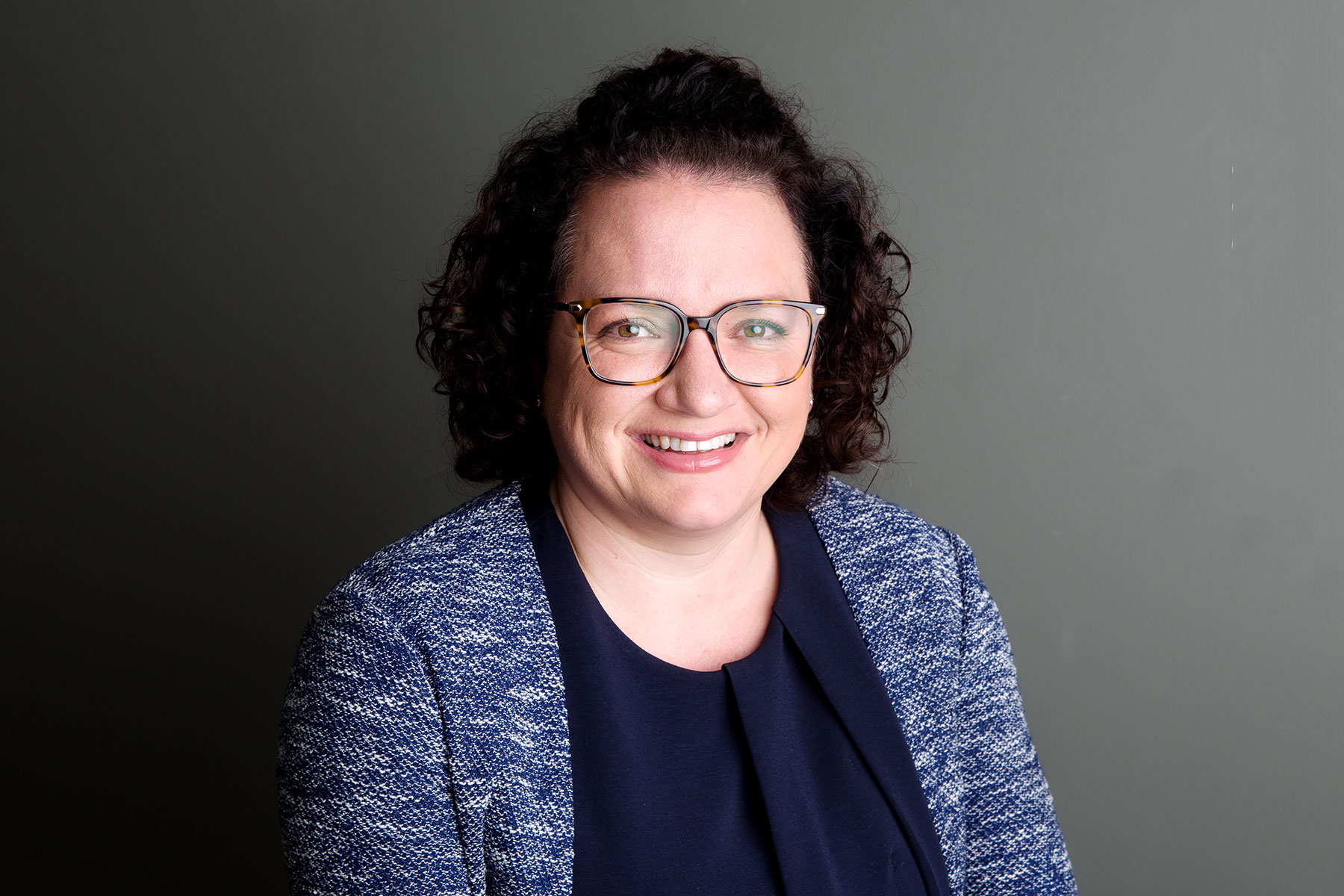FAMILIES, FAIRNESS AND ‘FILTERS’
Published on 23 October, 2024 | Emma Hubbard

Almost exactly two years ago, the President of the Family Division of the High Court, Sir Andrew McFarlane, gave a speech in which he described that contested children proceedings “should be the option of last resort” (https://www.judiciary.uk/speech-by-the-president-of-the-family-division-when-families-fall-apart-do-they-fall-too-easily-into-court/).
He added that the family court “must, in most normal cases, presume that it is in the child’s interests for each parent to have involvement in their lives”.
Nevertheless, there are circumstances in which the court decides that is neither desirable nor possible.
After all, what parents want must be weighed against the interests of the children involved, something which the relevant legislation – the Children Act 1989 – stipulates should be “paramount” (https://www.justice.gov.uk/courts/procedure-rules/family/practice_directions/practice-direction-12q-orders-under-section-9114-of-the-children-act-1989).
Achieving a balance which does not rupture families entirely can be a delicate and difficult task.
It is something which has very much at the heart of one recently reported case, involving a mother keen to maintain contact with her four children (https://www.bailii.org/ew/cases/EWFC/OJ/2024/252.html).
The children, aged between 14 and nine years of age, all live with their father and haven’t seen their mother since 2018, partly because of her mental health problems.
During the proceedings, the children wrote to Judge Suh, the judge hearing the case, in “very clear and powerful” terms, explaining that they “do not want to see their mother and they do not want to speak to any more adults about her”.
It was a position which the judge acknowledged before issuing an order preventing the mother from making any further applications to see the children for a period of three years.
It means that if the mother feels that another application is essential in the interim because of a change in circumstances, a judge will have to assess its merits before allowing it to go ahead or not.
Judge Suh also took the step of writing to the children, not only to explain her decision but create the possibility of their mother playing some role in their lives at some point.
The text of the letter has been published as part of the court record. In it, the judge describes how “you are loved by your Mum…you should know that she came to court not to upset you but because she genuinely does not want to lose the possibility of a relationship with you”.
As if to emphasise the legal position, Judge Suh added that “I am clear that the choice of whether you want that relationship to develop, and when, is yours”.
Anyone reading the letter couldn’t help but be touched by it. It demonstrates in very plain language the considerations which the family court has to take into account in sensitive matters like this.
It also illustrates how the court has a responsibility to put the interests of children first rather than those of a parent, no matter how well meaning that parent may be.
In April, a change to the practice directions – the protocols which determine how the family court functions – summarised the role of the type of order issued by Judge Suh as being “a protective filter made by the court, in the interests of children” (https://www.justice.gov.uk/courts/procedure-rules/family/practice_directions/practice-direction-12q-orders-under-section-9114-of-the-children-act-1989).
Family lawyers like myself have a duty to advise clients about how to achieve the best possible outcome.
On occasion and in children cases like that heard by Judge Suh, that outcome might not exactly be in line with what a client wants.
Even so, it is guidance designed both to inform them and, more importantly, to protect the interests of any children involved.
Taking on board advice or instruction and abiding by court orders can at least hopefully contribute to an improvement in troubled families which might permit a resumption in relations in the future.